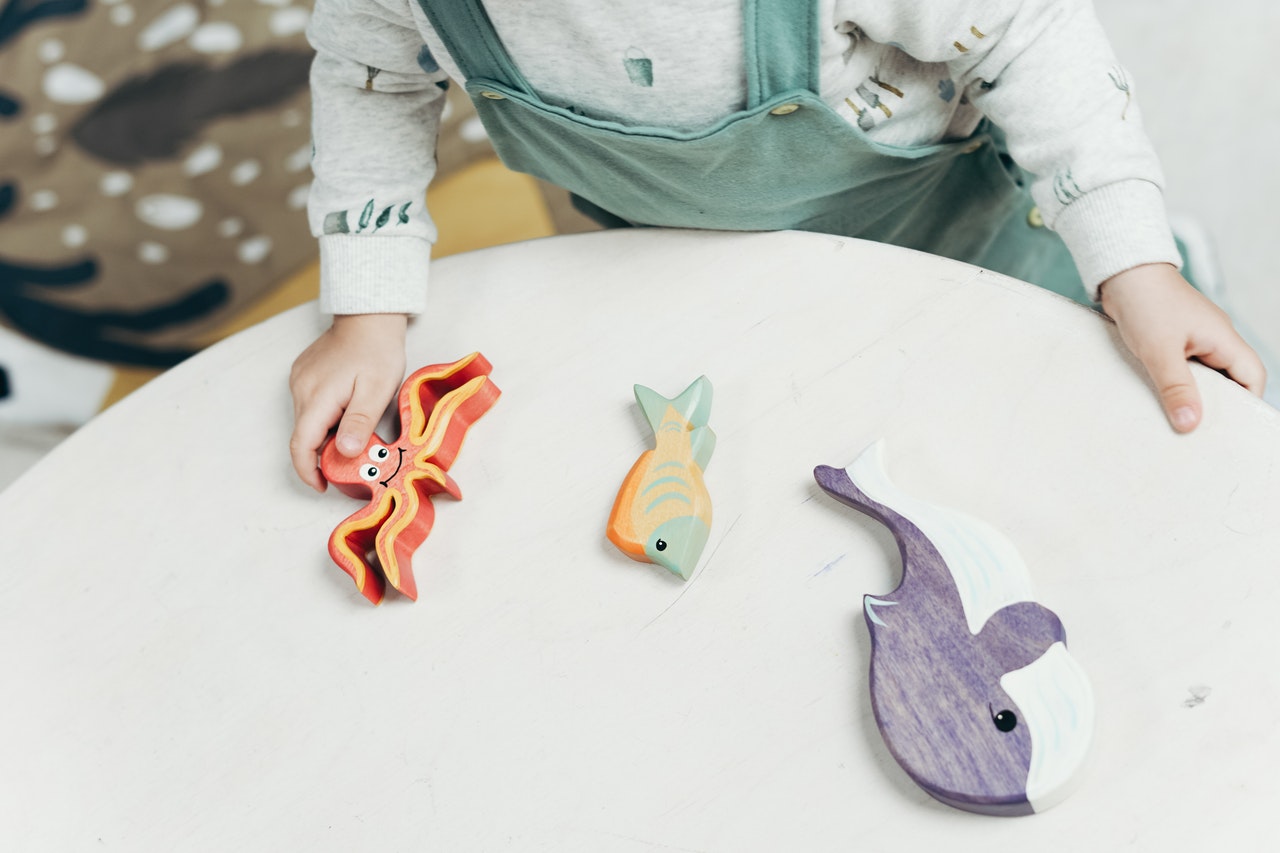
Abstract: Young children are normally fascinated by blocks irrespective of whether they have played with blocks before or not. Give a child some blocks and they can always find something to do such as stacking them, building structures with them, grouping them, and more. They learn how to play with each other or by themselves. Once they have explored blocks to a large extent, they challenge themselves by beginning to experiment with different patterns, by including vehicles, people as well as animals in their play area. This is indeed one amongst the favorite areas among young children which is why it works wonders when we integrate this area into the weekly themes that are being covered in a class.
Block center activities can be modelled in different ways so as to incorporate the theme being taught. It can act as a reinforcement area or an area of pure discovery for children.
During this workshop, we will attempt to showcase, how this center can be used across the different academic areas such as Literacy, Numeracy and even Social Sciences for reinforcing different concepts in them such as blends, odd and even numbers, life cycle of a butterfly etc.
Keywords: Block play; Curriculum; Learning center; Preschool; Teacher
INTRODUCTION
The block center also referred to as the block zone is an area of the classroom that has been specifically demarcated for play for children. Children can play with different types of blocks and block accessories in this area. The blocks available in the block center vary from wooden blocks of different shapes and sizes to hollow blocks to blocks made out of recycled materials. It helps develop the creativity of a child as well as helps them model the real world around them, accessories such as toy vehicles, animals, people and more can be made available to children.
Block center also promotes development and learning to achieve different milestones such as social and emotional development can be seen as a child shares the block center space with other children and learns to care for materials. Similarly, physical development; both in terms of gross and fine motor skills are also enhanced when children play in the block center. This center also helps in development of language and literacy and at the same time improves the cognitive skills of the child as he/she tries to recreate the environment he/she sees around him/her.
MATERIALS AND METHODS
Setting up a block area
Location
1. Largest area of the classroom so that children can build without getting in each other’s way
2. Away from traffic and in a corner of the classroom
3. Area can be demarcated by classroom shelves
4. Closer to other noisy activity centers such as role play center or sand and water center
Figure1: Layout of a block center Figure 2: Ideal shelf for a block center
Figure 3: Recycled blocks created out of packaging material
Furnishings
1. Flat floor surface with carpeting to reduce the noise
2. Child sized shelves with varying size storage spaces
3. Shelves clearly labelled with block shapes to facilitate learning such as sorting, matching and helps in clean up
4. A separate shelf for storing the props
Suggested Materials
1. Types of blocks (3-4 four basic shapes, sizes, materials)
2. Plastic or child sized tools
3. Props (animals, birds, transport, people, fruits, vegetables)
4. Big Legos
5. Carpet with road design, road signs
6. Paper and crayons
7. Natural materials (shells, pebbles)
DIFFERENT WAYS OF INTEGRATING BLOCK PLAY IN LEARNING
Apart from using the block center as a free play area that only focuses on the creative development of the child, it can also be used integrated with the classroom themes/units of inquiry. We have successfully integrated the block center into our curriculum and here are some examples.
1) Being Literate:
Figure 4: Letter formation using recycled materials
Activity (Refer Figure 1 and Figure 4): Alphabet taped on the floor and children are asked to place the blocks on the letter.
Learning objective: Learning letter formation, expanding children’s vocabulary and oral language as they describe their actions, blocks and accessories used to their teacher and peers.
Older children can use connecting blocks to make the letter formation as well as objects that start with any letter. For example:
Fish for the letter f.
2) Being Numerate:
Activity (Refer Figure 4): Count the number of blocks that can be placed on letter ‘o’.
Learning objective: Counting and associating quantity with number.
Other than counting, blocks can also be used to teach number formation, sorting, matching, patterns, geometry (shapes), spatial sense (over, under, etc.)
3) Being Knowledgeable:
Activity: Build a Zoo and place only wild animals in the zoo.
Learning objective: Children are able to differentiate between different animals and choose and place only the wild animals in their zoo.
Blocks and block accessories help integrate concepts in the learning process of knowledge and understanding of the world (Science and social science concepts). Examples – grocery store, race track, or even their own school.
CONCLUSIONS
Overall block center has multiple uses in the learning process of a child and as we explore further, sky’s the limit in utilizing the block center effectively and to its full potential in the classroom.
REFERENCES
1) A Publication of the Environments Professional Group. 2002. The Block Center
(http://www.environments.com/media/blfa_files/EIST202.pdf), A staff training aid, Pg 3, Environments, Inc.
2) Florida VPK Performance Standards. 2006. Charts and Materials for VPK Classrooms
(http://www.earlylearningcoalitionsarasota.org/vpk/pdf08/VPK%20Classroom%20Materials%20List%20updated%20_2_. pdf), Early Learning Coalition of Sarasota County
3) Diane Trister Dodge, Laura J. Colker and Cate Heroman. 2010. The Creative Curriculum for Preschool. 5th. Ed. Teaching Strategies, LLC, Washington, DC.


0 responses on "Effective Block Center Building-Up Learning"